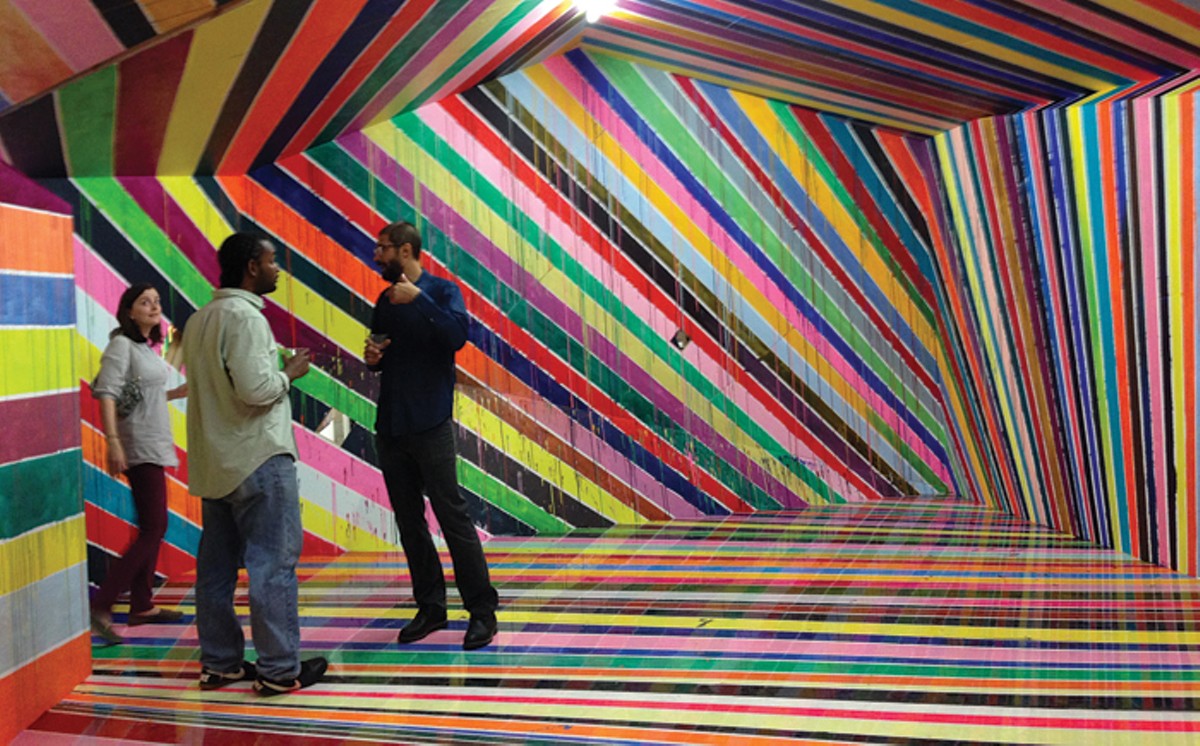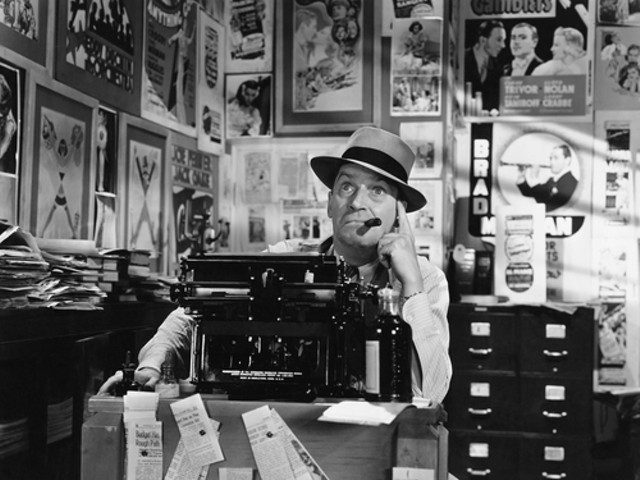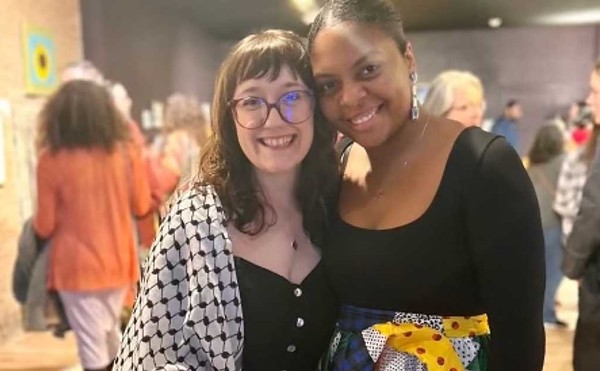The arts scene in Detroit has hit a turning point.
For decades, the city seemed stuck with a reputation of being a post-industrial cultural wasteland. But in recent years, Detroit seems to have achieved a certain hip factor in the art world at large.
Of course, the Motor City wasn't actually a cultural wasteland. In fact, what could be considered the city's worst years proved to be a fertile ground for developing entire artistic movements, from the "tribes of the Cass Corridor" to techno music. But despite its legacy of creativity, Detroit has struggled to get the coasts to take it seriously.
Not anymore. Now, it seems the art world is coming to us.
Witness the rise of endless trend pieces by the likes of The New York Times, repeatedly touting the story of Detroit as a haven for artists. Witness the stir caused by Brooklyn, N.Y.'s Galapagos Art Space, when it announced that it was moving to Detroit in search of cheaper rent.
Perhaps the turning point occurred in 2010, when rocker Patti Smith famously declared that New York City had "closed itself off" to the young and the struggling and suggested artists find a new city — like Detroit. It wasn't long before "#MovetoDetroit" graffiti started appearing, and real estate developers put up billboards pointing to Detroit, "Just west of Bushwick."
Perhaps Detroit's art scene is as it's always been, and it's just the art world's attitudes about it that have shifted. This shift is perhaps no more palpable than in 2015.
Most recently, the United Nations Educational, Scientific, and Cultural Organization (UNESCO) designated Detroit as a "city of design" as part of its Creative Cities Network, an initiative of 69 cities "to promote cooperation with and among cities that have identified creativity as a strategic factor for sustainable urban development." Detroit was the first U.S. city to obtain such a designation, joining the likes of locales like Singapore and Budapest.
The designation was lobbied by the Detroit Creative Corridor, which has promoted Detroit's art and design industries, in part, by coordinating the Detroit Design Festival each year. In 2015, the festival upped its offerings, adding an Industry Days conference that featured design professionals from cities like Toronto, Montreal, Geneva, and more. And beyond the festival, the DC3 launched the Creative Co., a network that aims to unite Michigan's often overlooked creative industry workers.
Another sign of Detroit's international appeal came when two galleries previously based in Detroit's posh Birmingham suburb decided the time was right to move their operations south of Eight Mile. The David Klein Gallery celebrated 25 years by opening a downtown branch, while the Wasserman Projects, first opened in 2013, relocated to the Eastern Market.
"For years people would ask you where you're from and you'd say, 'Detroit' and they would say, 'Why?'" the Wasserman Projects owner Gary Wasserman told us in September." Today, they ask where you're from and you say, 'Detroit,' you become the center of attention."
Also in 2015, homegrown art aficionados 1xRUN staged the first-ever Murals in the Market festival, which brought dozens of street artists from around the world to bring new life to Detroit's Eastern Market district by creating more than 45 murals.
"The energy and the positive vibes and spirit of this thing from this has been one of the most beautiful experiences in my life," 1xRUN's Jesse Cory told us in September. "[The artists] have been so happy. They all want to be in Detroit, they all want to have a piece of Detroit. These guys are like, 'How can we do more in Detroit? How can we now transfer this energy to our community?' So now we're creating cross-continent connections to Detroit through art."
It wasn't the first time the group brought in street artists to Detroit. In May, the group teamed up with Mexico City's Fifty24MX to bring Mexican and Mexican-American artists to paint murals throughout Southwest Detroit.
Perhaps the biggest artist to be invited to paint in Detroit this year was Shepard Fairey, the notorious artist known for his signature "Obey Giant" tags as well as for his mainstream success, like in designing the 2008 "Hope" poster used as part of Barack Obama's presidential campaign. Fairey was brought to paint a mural on Dan Gilbert's One Woodward building — his largest mural to date.
However, the story changed when a warrant was issued for Fairey's arrest for allegedly tagging his "Obey Giant" tags around town. The artist turned himself in, and over the summer 36th District Court Judge Kenneth King ruled that Fairey will proceed to trial on counts of malicious destruction of property — charges that carry a possible prison sentence of up to 10 years.
Fairey's is an extreme, high-profile example, but one that begs the question: Is Detroit actually welcome to artists? The charges against Fairey follow Mayor Mike Duggan's crackdown on street art late last year, which resulted in the issuing of thousands of dollars of fines — some even going to artists who had permission from building owners to paint murals on them.
With Detroit in the middle of a flurry of investment and development — the likes of which haven't been seen in years — the city is attempting to change its reputation. Yet for many artists, the appeal of Detroit has been a degree of lawlessness — the freedom to have a cheap studio, to repurpose a post-industrial space. Navigating this balance will be crucial for Detroit in further establishing its identity as an art city in 2016.







